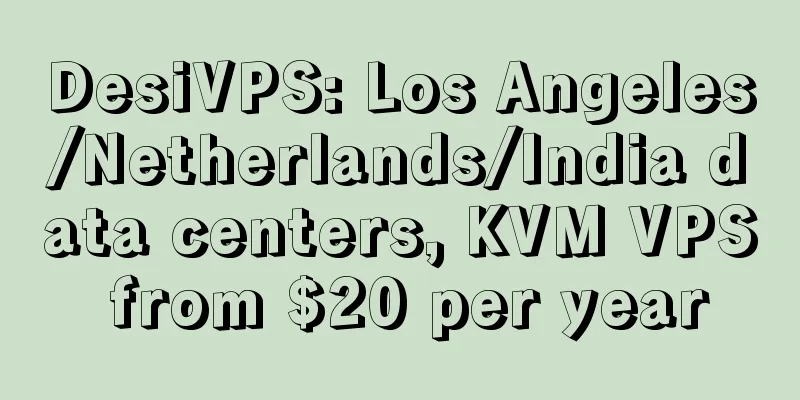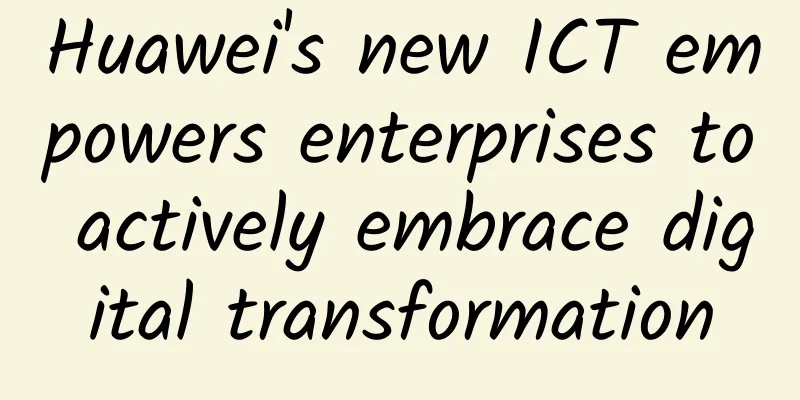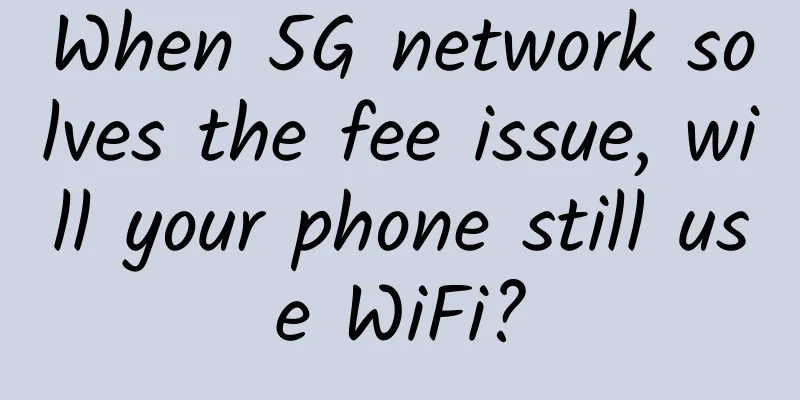Ethernet Adapter Market to See Record Revenue Growth in 2022

|
According to a recent report released by DellOro Group, although the Ethernet adapter market grew 40% in 2022, the market is expected to slow down in 2023.
The DellOro Group Ethernet Adapter and SmartNIC Quarterly Report provides complete market coverage covering manufacturer revenues; average selling price; and unit and port shipments of Ethernet controllers and adapters by speed (1 Gbps, 10 Gbps, 25 Gbps, 40 Gbps, 50 Gbps, 100 Gbps and 200 Gbps). The report also covers SmartNIC controllers and adapters. |
<<: TLS, SSL, CA certificate, public key, private key...let’s take a look at them today!
>>: Let ChatGPT tell you how to build a lossless network that supports ChatGPT computing power
Recommend
Small router, do you really understand its structure?
There are four main types of routers in the netwo...
HostXen: DIY cloud hosting available in Hong Kong, the United States, Japan, and Singapore, new user registration with coupons
HostXen is a DIY-configurable cloud server hostin...
Alibaba established the first ecological IoT alliance to open up technical standards
At the IoT Partner Program Conference 2017 (ICA) ...
DogYun launches Chongqing independent server with monthly payment starting from 200 yuan, E5-2630v4/64GB memory/800G SSD hard drive
DogYun has been mainly providing independent serv...
Interview blitz: Is TCP reliable? Why?
Author | Lei Ge Source | Java interview questions...
HostDare: Los Angeles VPS with 10% off monthly payment and 30% off annual payment starting at $18/year, annual payment gives double memory + double traffic
HostDare released the latest promotion in LET, of...
Do you know some new features of RocketMQ 5.0? Let me tell you.
In order to evolve towards cloud native and impro...
Secretly reducing 4G network speed to promote 5G? China Mobile responded for the first time, and the operator may have been wronged
Since the promotion of 5G mobile phones and packa...
How to redirect HTTP to HTTPS in Nginx
Nginx, pronounced "Engine x", is a free...
Don’t rush to fight for 5G
Recently, discussions about 5G have been everywhe...
197 Fortune 500 companies choose Huawei to achieve win-win in the new ICT era
At the 2017 Huawei Connect Conference HUAWEI CONN...
Ten areas you must know about 5G
The development of 5G is in full swing, and it ca...
How to quickly develop killer applications? Which will have a greater impact on the market, 5G or edge computing?
[[269430]] Is edge computing the first new trend ...
Laying the foundation for digital finance | H3C launches S12500G-EF, a new generation of green smart switches
On April 25, New H3C Group, a subsidiary of Tsing...
SpeedyPage: $5.39/month KVM-AMD Ryzen, 2G memory, 30G NVMe, 5TB/month, Singapore data center
SpeedyPage is a foreign hosting company establish...









